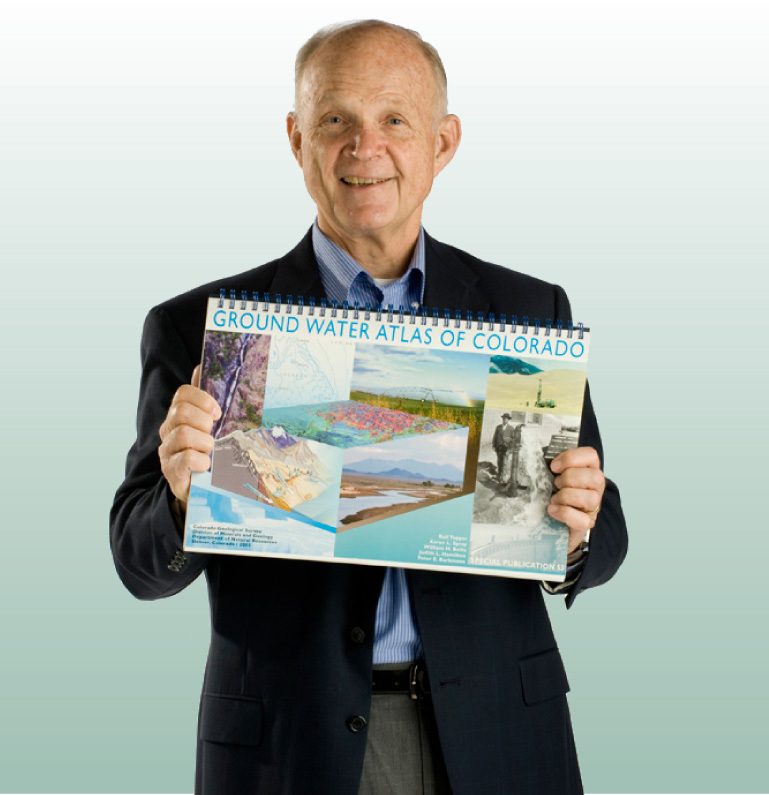
Neil Grigg was first introduced to the American Society of Civil Engineers (ASCE) as a graduate student at Auburn University in Alabama. Knowing he planned to pursue a career in civil engineering, he thought joining a professional organization in the field would be a good idea.
Sixty years later, ASCE has named Grigg a “Distinguished Member,” the society’s highest honor for a member.
ASCE recognized Grigg for “his extraordinary contributions in water resources management, integrating physical, statistical, economic, social, legal, and political factors to solve complex problems, sharing his knowledge through publishing seminar papers and books, technology transfer, and mentoring colleagues, and students around the world.”
Grigg joined the CSU faculty for the first time 52 years ago, shortly after earning his PhD in Hydraulic Engineering from CSU. Among his many titles and accolades, he is also a storyteller. Engineering SOURCE interviewed the Professor of Civil and Environmental Engineering about his recognition and how he perceives the current role and the future of the society.
What does the title “Distinguished Member” mean to you?
This is humbling because I don’t think of myself as a distinguished member. To be one of only 11 named this year, I wonder how in the world I would rate that high. This was a surprise, one I will have to keep working harder to live up to.
I am also honored to join some of our alums and previous faculty members who received this designation, including Pierre Julien, José Salas, Vijay Singh, as well as Maury Albertson and Vic Koelzer, who I nominated. Maury inspired me and others toward international work and Vic developed the course I still teach each fall.
What purpose has ASCE served over the years?
When it comes to professional engineering associations, ASCE is the oldest, founded in 1852. ASCE attracts new entrants to civil engineering and helps prepare them to advance the field. It also continues to identify emerging and cutting-edge areas, such as Cities of the Future, providing a visionary look at what we need to do to improve our cities at all levels, including health, environmental, and public service needs.
Professional associations allow you to work with your peers, meeting those who can mentor you and those you can mentor. This is a space where you can help others and participate in the common advancement of the profession. We all have a responsibility to give back to society, and those with professional training as an engineer are privileged and have a prime opportunity to give back.
What is the future of ASCE?

Professional associations often find a need to reinvent themselves to avoid becoming obsolete and to find new ways to show why they are needed in society. That is ASCE’s future. Much of the knowledge and technology in civil engineering has existed for a long time, such as how to design a steel beam or how to calculate the flow of water. Civil engineers need to define what we mean by ‘cutting-edge’ and collectively create the necessary tools through education and research to step up to the plate to meet new global challenges. We will look to ASCE to lead the charge, as education is a primary purpose of the organization.